Public Art in Nerima Bijutsu no Mori Ryokuchi Park
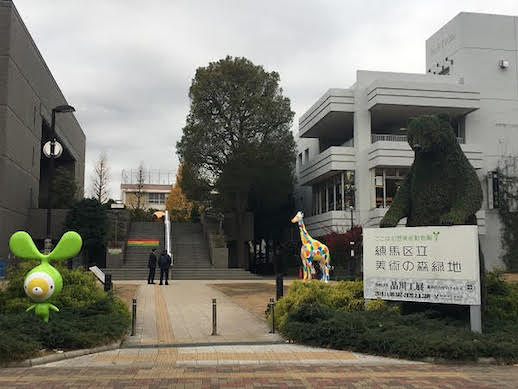
Nerima Bijutsu no Mori Ryokuchi Park lies in front of Nerima Art Museum and Nerima City Nukui Library. It is located about a three-minute walk from Nakamurabashi station. The park is like a zoo, with 32 animal sculptures of 20 kinds: bears, giraffes, lizards, and others.
You can see Junichi Kurakake’s artworks there. He directed the making of the park and produced 15 of the sculptures. He is a Japanese artist, and his artwork was exhibited in Echigo-Tsumari Art Triennale in 2006. That work’s title was “Shedding House.” He and students reinvented an old empty house as an artwork. They carved all over the rooms on the walls, floors, pillars, beams, stairs, and ceilings, making spaces that matched the site. Kurakake loves the city of Nerima, where he has lived since the age of 18. He graduated from Nerima’s Nihon University and now works there as a professor.
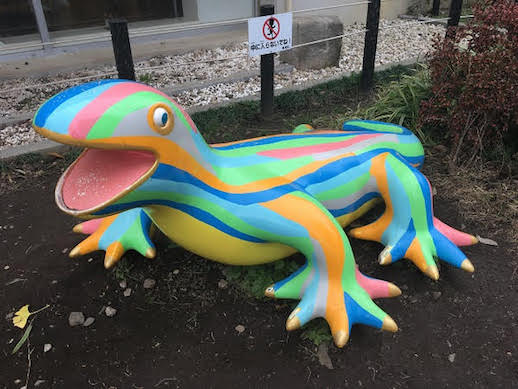
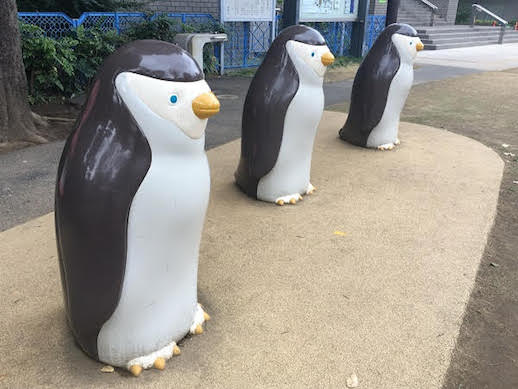
Kurakake’s wish was for this park to be accessible for everyone to enjoy. Some of its animals have colorful bodies. For example, seven colors were used in the giraffe. The body is 3.6 meters long and looks real. Also, the color black is not used in the animal eyes, because it was the artist’s hope to avoid such “stereotypes.” The materials of the sculptures are strong enough to allow children to ride and touch. Bronze, stainless steel, and reinforced plastic are used.
The artist also wants you to feel differences in texture, and natural grass and rubber chips are laid on the ground for safety. There is a bear with a sign at the front entrance. There are other big elephants and lions, cute penguins, and frogs, and there is the Nerima character called “Neriby.”
There is only one sculpture that is not an animal. Its title is “What is Reflected.” The metal surface reflects the viewer. After looking at a lot of animals, this work shows that it is we who are reflected at the end. It is a very philosophical message.
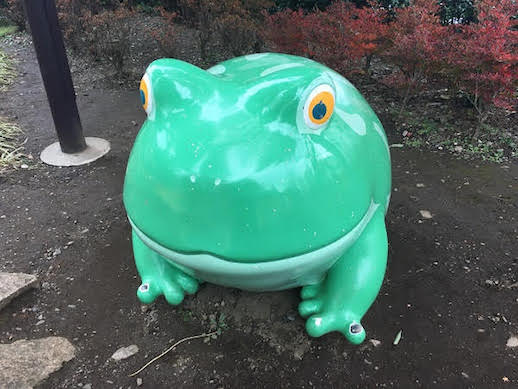
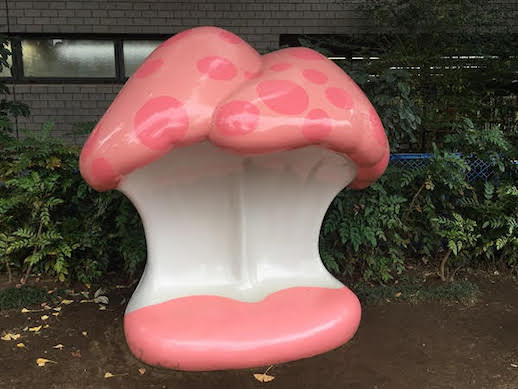
Some people are attracted to the liveliness of this public art and so visit the museum. It is also an opportunity for children to get close to art. I always smile when I go to the museum, because the park has public art that keeps kids playing and laughing. Seeing this seems to make the area brighter.
I believe that the nature of public art is different from art in museums. For example, public art can become more connected with a place over time and become a symbol of a place. In addition, by there being sculptures in public places, opportunities for everyone to encounter art are created. Then if people are interested in art, they can also go to visit museums, such as the Nerima Art Museum nearby.
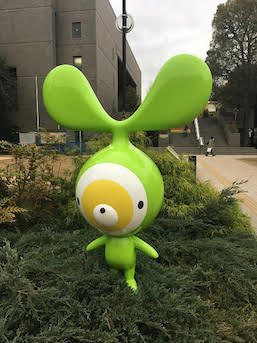
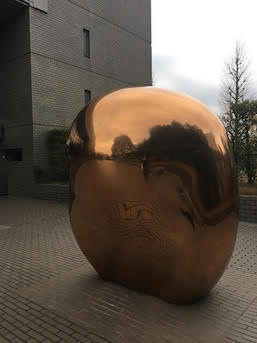
Kotoori Hotchi is a student of Joshibi University of Art and Design. She is studying in the concentration of Art and Culture.
Joshibi University Art Writers
Joshibi University Art Writers



